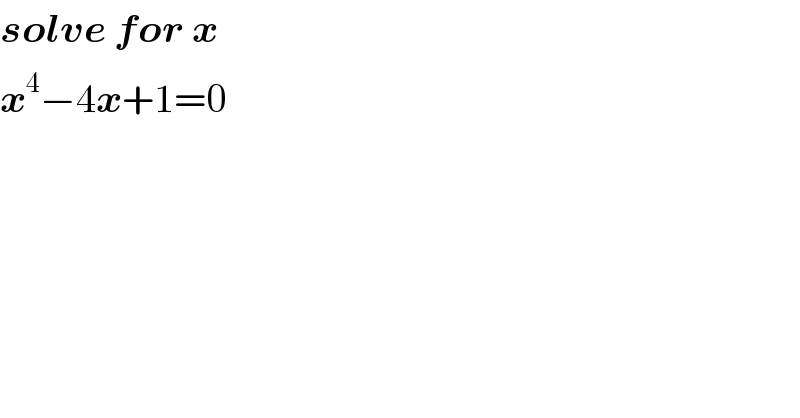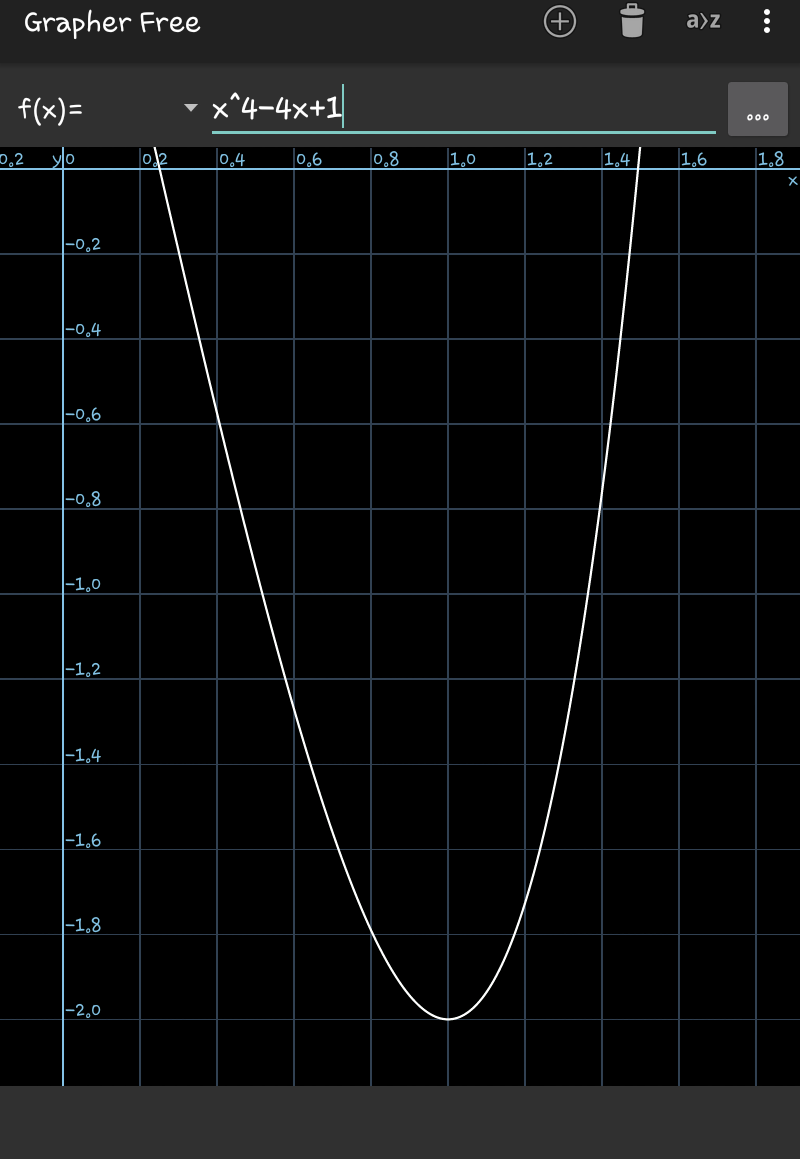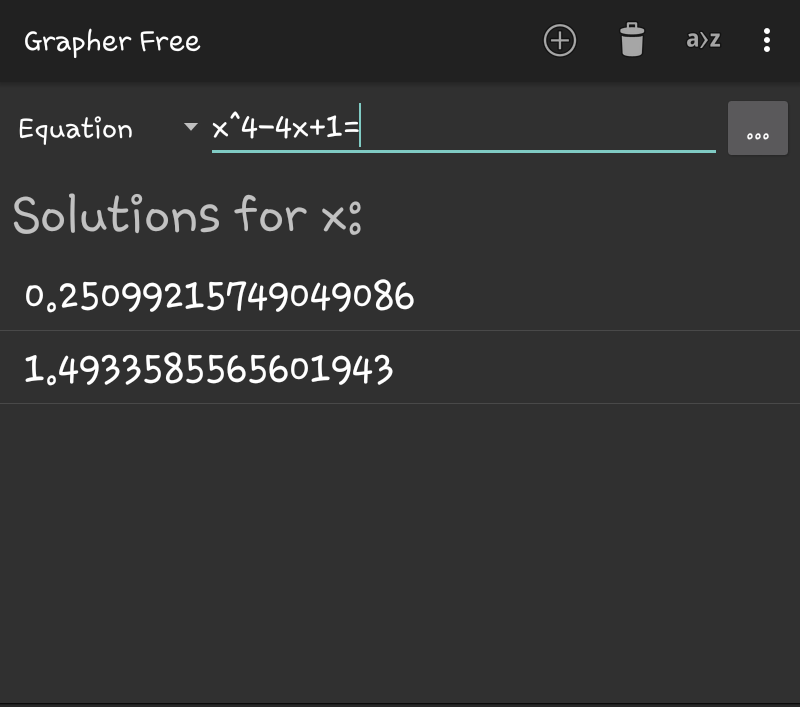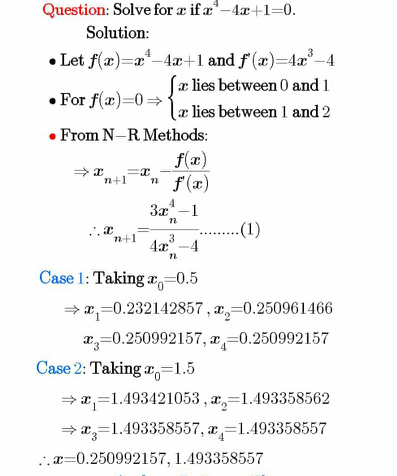
Question and Answers Forum
Question Number 45896 by Sanjarbek last updated on 18/Oct/18

Commented by tanmay.chaudhury50@gmail.com last updated on 18/Oct/18

Commented by tanmay.chaudhury50@gmail.com last updated on 18/Oct/18

Answered by ajfour last updated on 19/Oct/18

Commented by peter frank last updated on 18/Oct/18

Commented by ajfour last updated on 18/Oct/18

Commented by peter frank last updated on 20/Oct/18

Commented by ajfour last updated on 20/Oct/18

Commented by peter frank last updated on 20/Oct/18

Answered by mondodotto@gmail.com last updated on 18/Oct/18

